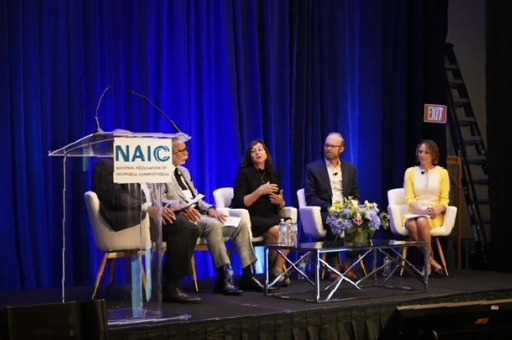

The new normal for people in areas vulnerable to hurricanes, wildfires, tornadoes, hail and flooding is having to put more money and time into securing property insurance and navigating a minefield of unsavory choices: Limited (or no) brand name options, confusing math and high deductibles, coverage limits on roof, mold, wind, smoke and water damage, double and triple premium increases, accepting inferior coverage in return for affordable insurance and having to buy multiple policies and still face protection gaps. Consumers in those areas are pressing public officials for help.
We summarize the situation in this blog. Bottom line: Contributing causes include climate change, insurer adaptation to climate change, new risk scoring tools, predictive analytics, drone imagery and data mining, inflation and free market reinsurance price swings. Solutions: Increase risk reduction, enhance rate and form regulation/oversight, legislate essential coverage standards, and further develop models for public reinsurance facilities and programs that guarantee access to basic home insurance.
UP is closely monitoring marketplace conditions in impacted regions across the country and offering new guidance to help homeowners make do. We are promoting and helping facilitate mitigation. We are tapping leading experts for our free shopping help webinars, speaking up for consumers in the media (including the NY Times, Wall Street Journal and Washington Post), helping brief agents and brokers, dialoging with industry leaders in forums hosted by the National Association of Insurance Commissioners and the National Council of Insurance Legislators.
Every home and business owner across the country should be pro-actively reducing risk and participating in community risk reduction efforts. This is critical to getting the insurance situation under control.
Now is the time to fortify, harden and create defensible space. Now is the time to engage with preparedness experts in your area to find out what you can do to reduce risk and who can help you. You and your neighbors need to be in a preparedness state of mind. Let’s do this!
